In ancient times, the Adriatic Sea was a major trade route for the Croatian population, which is likely why scientists have discovered various antiquities submerged in this sea. From Roman artifacts to a 2,200-year-old shipwreck and networks of sunken streams, the sea has revealed some fascinating discoveries, reported the University of Bradford. But this time, divers have stumbled upon something that left scientists flabbergasted.

Off the western coast of the Croatian island Korčula, at the bottom of the sea, the archaeologists of the University of Zadar unearthed a 7,000-year-old stone road that was buried under the layers of the sea’s muddy bottom. They announced the discovery of this “underwater road” on May 6 in a post on Facebook.

“In underwater archaeological excavations of the submerged Neolithic site of Soline on the island of Korčuli, archaeologists have found remains that surprised them as well,” read the post. The road was found beneath sea sludge. Archaeologists are almost certain it belonged to the sunken prehistoric settlement of the Hvar culture. "These are the carefully complex stone plates that were part of a four-meter wide communication that connected the artificially created island with the shore," the experts mentioned in the post.
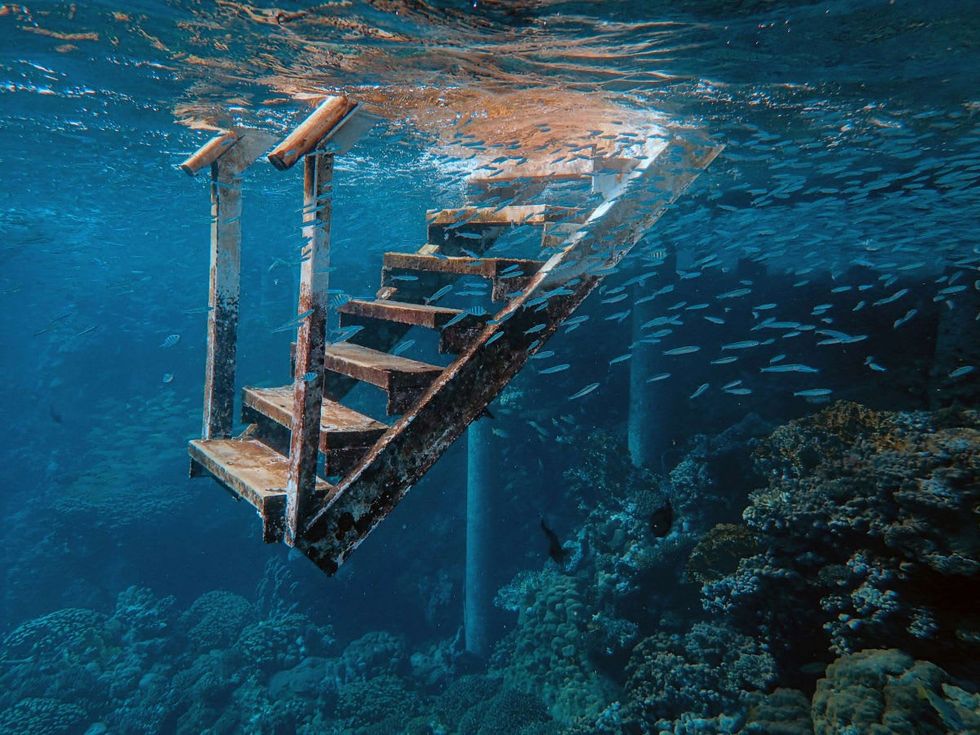
The team employed radiocarbon analysis to conclude that the settlement dates to roughly 4900 B.C., which is nearly 7,000 years ago. In addition to this ancient settlement, the team of archaeologists explored land near the Gradina bay near Vela Luka. During this exploration, the lead researcher, Igor Borzic, noticed “strange structures in the sea of the bay."
To their astonishment, it was a 4 to 5-meter-deep structure offering clues to a settlement almost identical to the one in Soline. They also dug out several Neolithic artifacts such as flint blades, stone axes, and fragments of wood on this site.
"We also found late-Neolithic ornamented pottery, a stone axe, bone artifacts, flint knives, and arrowheads," Mate Parica, an assistant professor in the Department of Archaeology at the University of Zadar in Croatia who took part in the excavation, told Live Science. "The pottery findings helped us to attribute this site to the Hvar culture."
According to the official tourism page of the island, the origin of Hvar culture dates back to 3500 to 2500 B.C. Archaeologists have unearthed things like painted ceramics, sculptures, and literature in the caves of Grapceva and Markova Spilija. In 1420, when Hvar was conquered by Venetians, they used it as the main port for their sea travels.
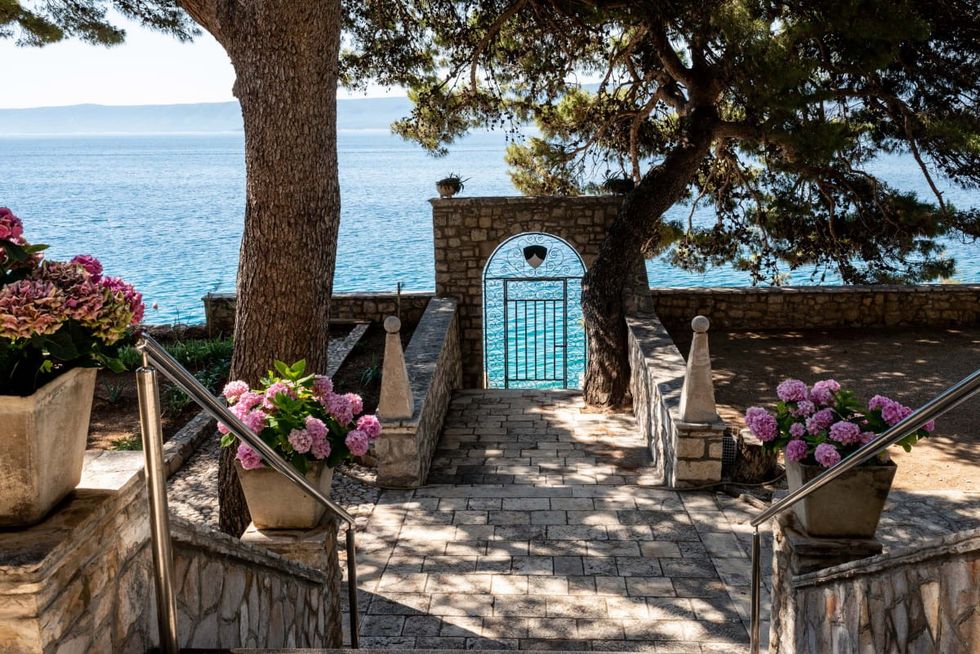
During WWII, Hvar became a tourist seaside resort due to its rich historical association. It became one of the most attractive tourist destinations on the Adriatic. Since 1991, the city has been a popular Croatian tourist attraction. The recent discoveries could provide more intriguing clues about this prehistoric settlement now submerged in the Adriatic waters.
Editor's note: This article was originally published on May 26, 2024. It has since been updated.


















 Pictured: The newspaper ad announcing Taco Bell's purchase of the Liberty Bell.Photo credit: @lateralus1665
Pictured: The newspaper ad announcing Taco Bell's purchase of the Liberty Bell.Photo credit: @lateralus1665 One of the later announcements of the fake "Washing of the Lions" events.Photo credit: Wikimedia Commons
One of the later announcements of the fake "Washing of the Lions" events.Photo credit: Wikimedia Commons This prank went a little too far...Photo credit: Canva
This prank went a little too far...Photo credit: Canva The smoky prank that was confused for an actual volcanic eruption.Photo credit: Harold Wahlman
The smoky prank that was confused for an actual volcanic eruption.Photo credit: Harold Wahlman
 Packhorse librarians ready to start delivering books.
Packhorse librarians ready to start delivering books. Pack Horse Library Project - Wikipedia
Pack Horse Library Project - Wikipedia Packhorse librarian reading to a man.
Packhorse librarian reading to a man.
 Fichier:Uxbridge Center, 1839.png — Wikipédia
Fichier:Uxbridge Center, 1839.png — Wikipédia File:Women's Political Union of New Jersey.jpg - Wikimedia Commons
File:Women's Political Union of New Jersey.jpg - Wikimedia Commons File:Liliuokalani, photograph by Prince, of Washington (cropped ...
File:Liliuokalani, photograph by Prince, of Washington (cropped ...
 Theresa Malkiel
commons.wikimedia.org
Theresa Malkiel
commons.wikimedia.org
 Six Shirtwaist Strike women in 1909
Six Shirtwaist Strike women in 1909
 U.S. First Lady Jackie Kennedy arriving in Palm Beach | Flickr
U.S. First Lady Jackie Kennedy arriving in Palm Beach | Flickr
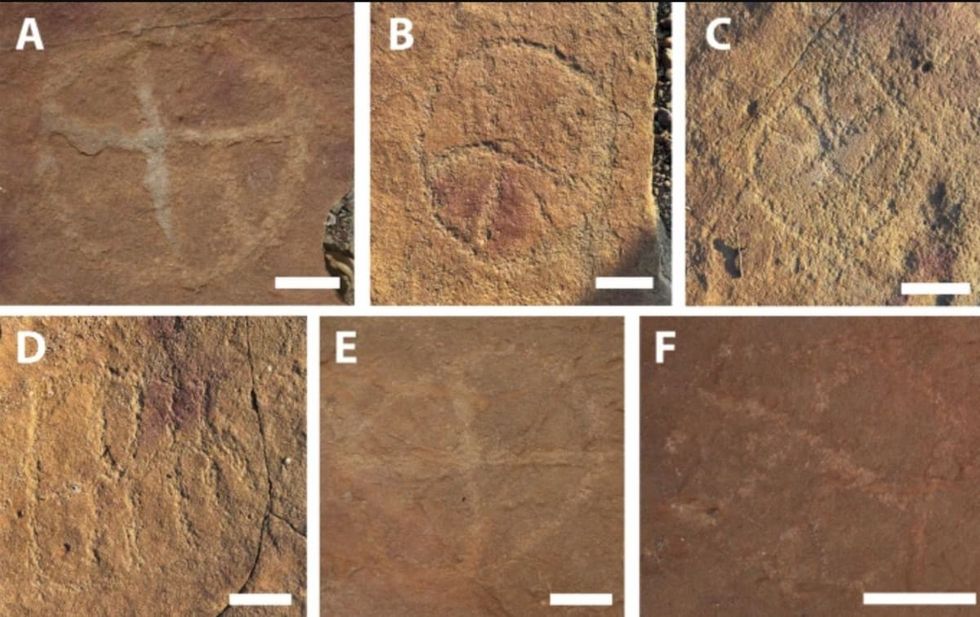 Image Source:
Image Source: 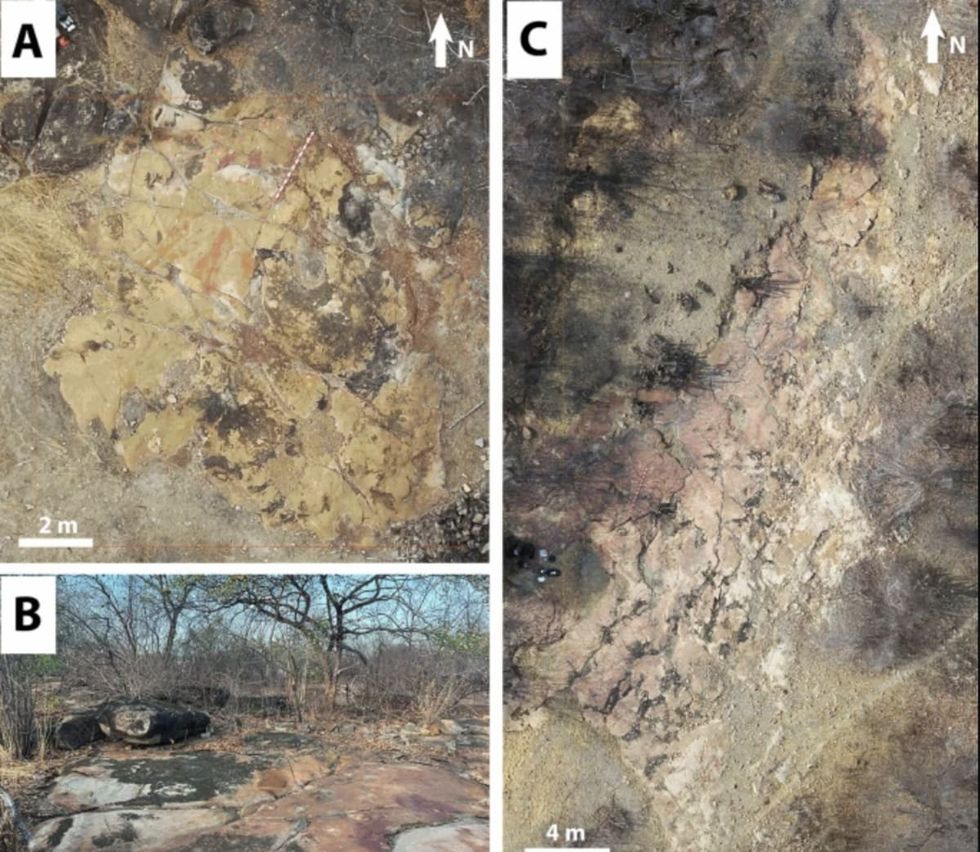 Image Source:
Image Source: 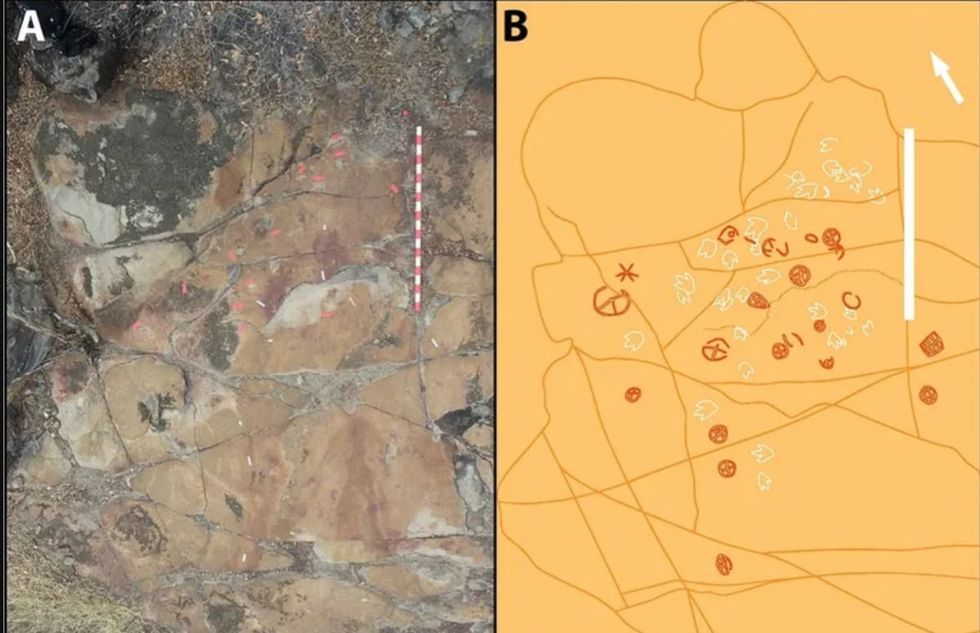 Image Source:
Image Source: 